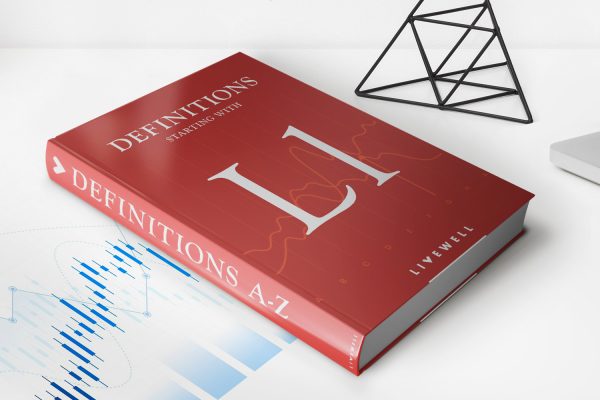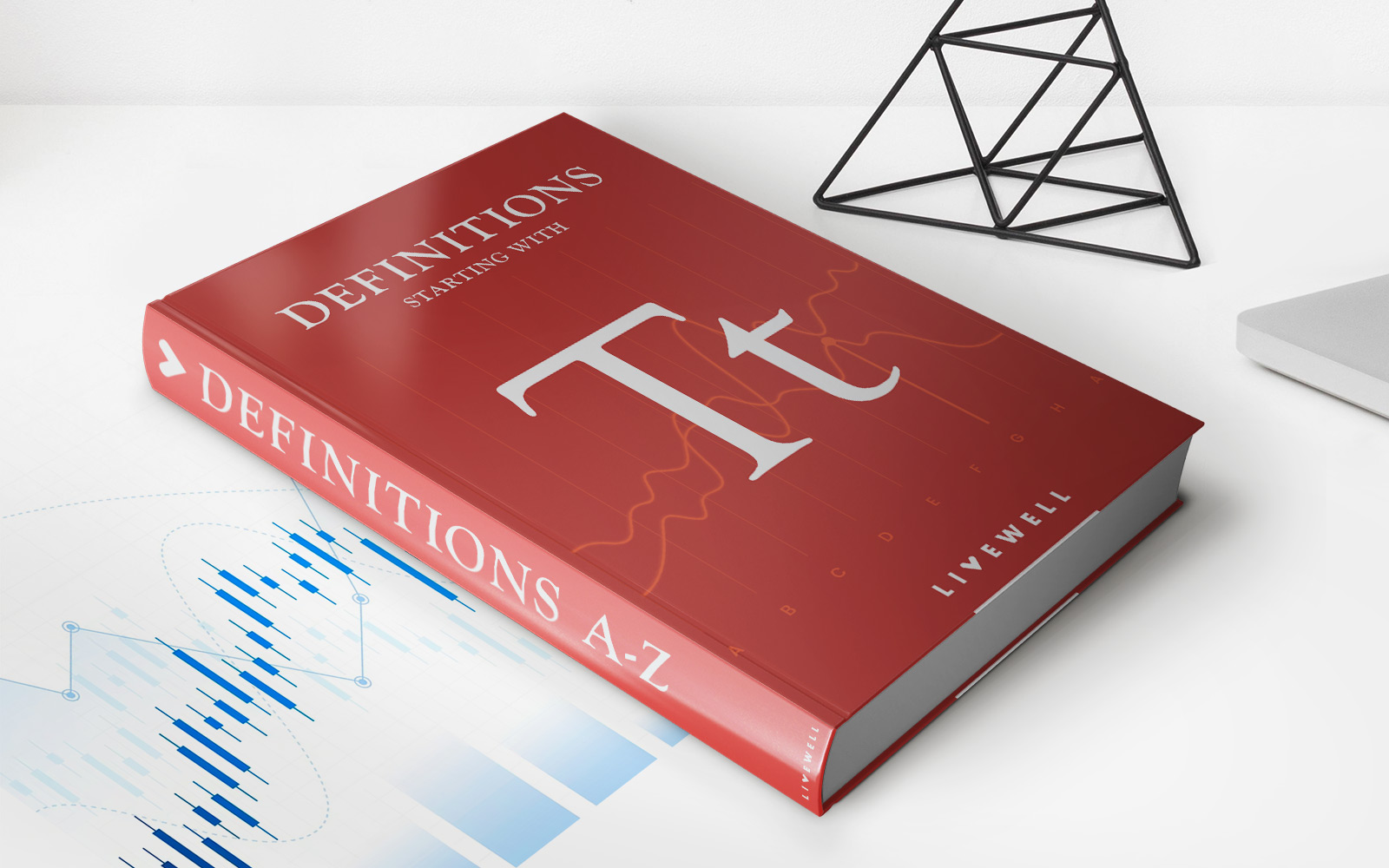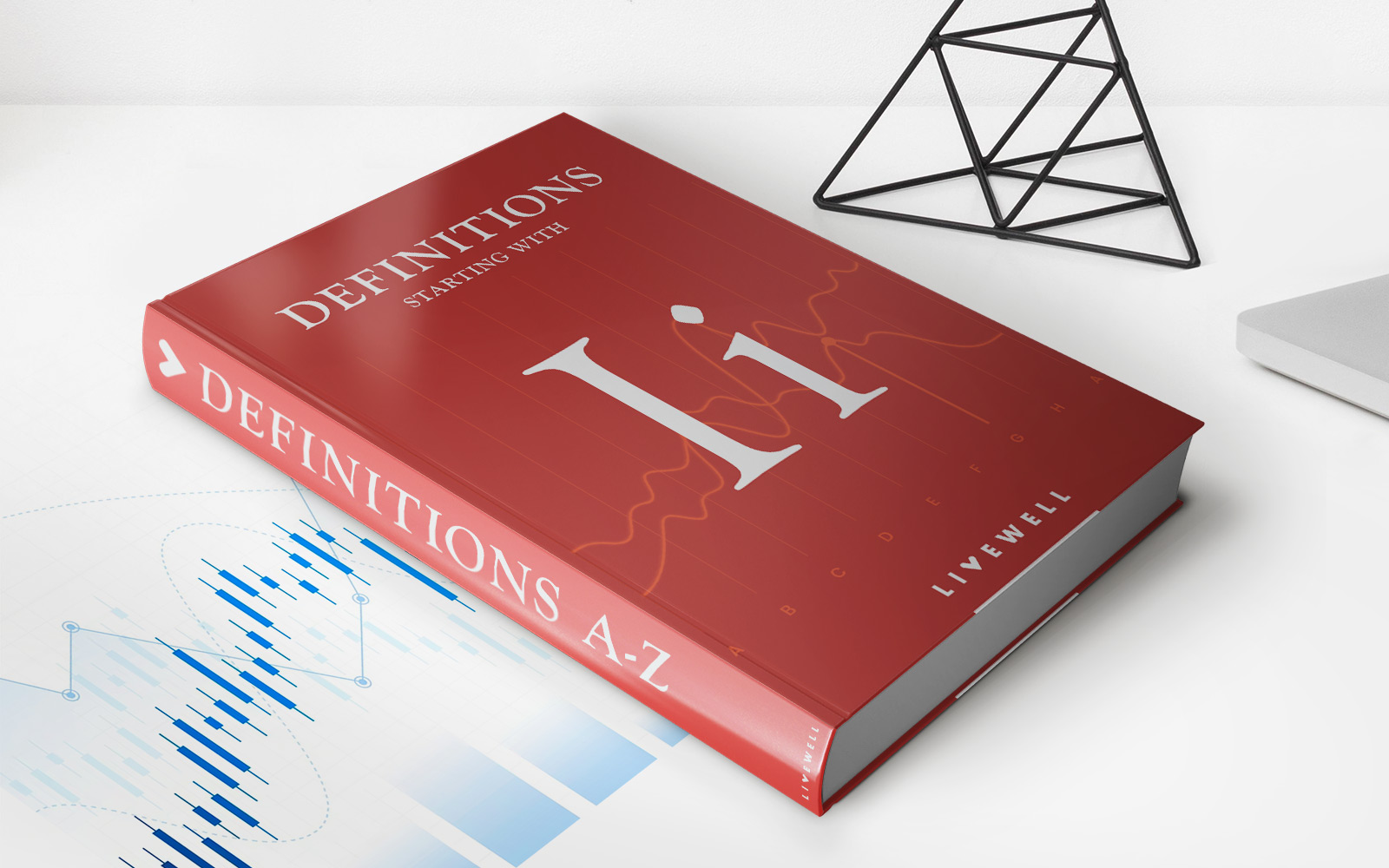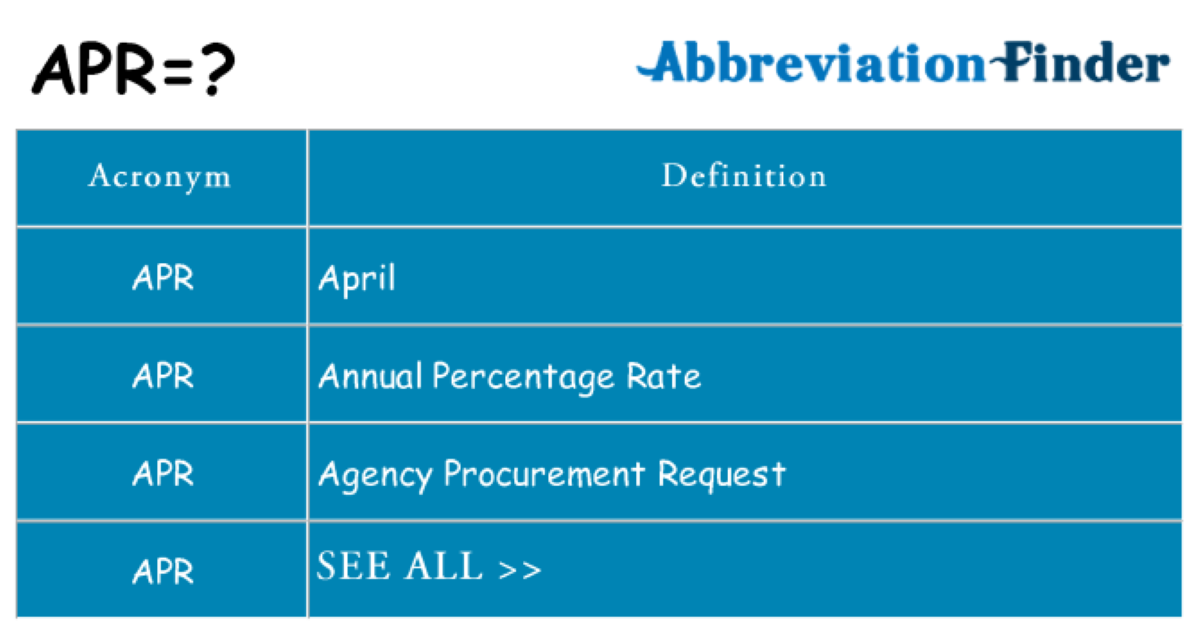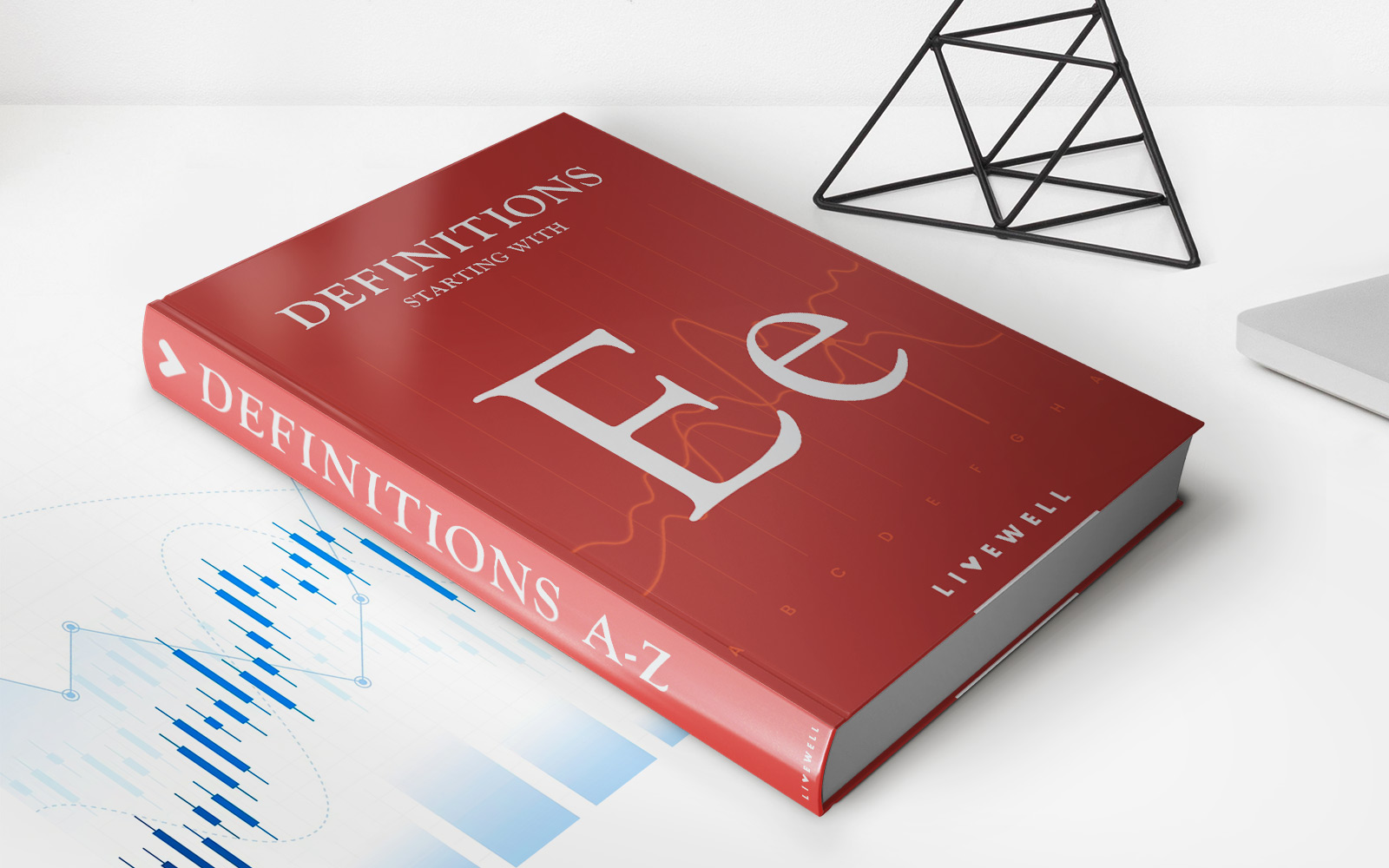

Finance
What Is Non-Revolving Credit
Published: January 10, 2024
Learn what non-revolving credit is and how it can impact your personal finances. Explore different types and benefits of non-revolving credit options.
(Many of the links in this article redirect to a specific reviewed product. Your purchase of these products through affiliate links helps to generate commission for LiveWell, at no extra cost. Learn more)
Table of Contents
Overview
Non-revolving credit is a type of loan or credit that is obtained for a specific purpose and cannot be borrowed again once it has been paid off. Unlike revolving credit, which allows borrowers to borrow and repay funds repeatedly within a set credit limit, non-revolving credit provides a one-time lump sum that must be repaid over a fixed period.
Non-revolving credit is typically used for larger expenses, such as purchasing a car, financing a home improvement project, or funding higher education. These loans often have fixed interest rates and monthly payments, making it easier to budget and plan for repayment.
Non-revolving credit can be obtained from various financial institutions, including banks, credit unions, and online lenders. The approval process typically involves evaluating the borrower’s creditworthiness, income stability, and ability to repay the loan. Collateral may be required in some cases to secure the loan.
Unlike revolving credit, non-revolving credit does not offer the flexibility to borrow additional funds once the initial loan has been repaid. Once the borrower pays off the loan in full, the credit line is closed, and the borrower cannot access any remaining funds. This feature can be appealing to borrowers who prefer a structured repayment plan and do not want the temptation of ongoing borrowing.
Non-revolving credit can have both advantages and disadvantages. On one hand, it provides a clear repayment schedule and fixed interest rates, which can make it easier to manage debt. On the other hand, it may not offer the same flexibility and accessibility as revolving credit, which can be a drawback in certain situations.
Understanding the features, advantages, and disadvantages of non-revolving credit can help borrowers make informed decisions when considering this type of financing. It is important to carefully evaluate the terms and conditions, compare interest rates, and determine if the loan aligns with your financial goals and budget before committing to any non-revolving credit arrangement.
Definition of Non-Revolving Credit
Non-revolving credit refers to a type of borrowing in which a lender extends a fixed amount of credit to a borrower, which cannot be reused after it has been repaid. Unlike revolving credit, which allows borrowers to access a certain amount of funds and repay them repeatedly, non-revolving credit provides a one-time loan with a predetermined repayment schedule.
This type of credit is commonly used for specific purposes, such as making a large purchase or financing a major expense. For example, an individual may obtain a non-revolving credit loan to purchase a car, pay for home renovations, or cover the costs of education. Non-revolving credit can also be utilized by businesses to fund equipment purchases or fund expansion projects.
Non-revolving credit is often offered in the form of installment loans or lines of credit. Installment loans involve borrowing a fixed amount of money and repaying it in regular installments over a predetermined period, typically with a fixed interest rate. On the other hand, lines of credit provide borrowers with access to a specific credit limit, and they draw against it as needed but cannot reuse the credit once it has been repaid.
This type of credit is typically obtained from traditional financial institutions such as banks, credit unions, or online lenders. The lender evaluates the borrower’s creditworthiness, income stability, and ability to repay the loan before approving a non-revolving credit application. In some cases, collateral may be required to secure the loan, especially in cases where the loan amount is substantial.
It is important to note that non-revolving credit is different from revolving credit, such as credit cards or lines of credit. Revolving credit allows borrowers to borrow up to a certain credit limit and repay the borrowed amounts on a revolving basis. With revolving credit, borrowers can reuse the funds as long as they make the minimum payments on time and stay within their credit limit.
Overall, non-revolving credit provides borrowers with a structured borrowing option for specific financing needs. It offers a fixed loan amount, predetermined repayment terms, and can be an attractive financing option for individuals or businesses looking for a one-time borrowing solution.
Examples of Non-Revolving Credit
Non-revolving credit encompasses various types of loans and financing options that are obtained for a specific purpose and cannot be borrowed again once repaid. Here are some common examples of non-revolving credit:
- Auto Loans: When you finance the purchase of a car through a loan, it is an example of non-revolving credit. The loan provides a lump sum amount to purchase the vehicle, and you make fixed monthly payments over a set term until the loan is fully repaid.
- Mortgages: Obtaining a mortgage loan to finance the purchase of a home is another form of non-revolving credit. The loan amount is typically substantial, and you make monthly payments over a long period, often 15 or 30 years, until the loan is fully repaid.
- Student Loans: Many individuals finance their higher education through non-revolving credit in the form of student loans. These loans provide a fixed amount of funds to cover educational expenses, and repayment typically begins after graduation or when the borrower leaves school.
- Personal Loans: Non-revolving credit can also take the form of personal loans, which are borrowed for various purposes such as debt consolidation, home improvements, or emergency expenses. These loans provide a lump sum that is repaid over a fixed term with a prescribed interest rate.
- Business Loans: Businesses often utilize non-revolving credit in the form of loans to fund expansion, purchase equipment, or meet working capital needs. Business loans provide a specific amount of capital that must be repaid over a predetermined period.
These are just a few examples of non-revolving credit, but there are other types as well, such as boat loans, RV loans, and home improvement loans. The common factor among all these examples is that they provide borrowers with a specific amount of funds for a specific purpose, and once repaid, the credit line is closed.
When considering non-revolving credit options, it is important to carefully evaluate the terms and conditions, interest rates, repayment terms, and any additional fees associated with the loan. Comparing different lenders and understanding the total cost of borrowing can help you make an informed decision and choose the non-revolving credit option that best fits your financial needs.
Features of Non-Revolving Credit
Non-revolving credit possesses several distinctive features that set it apart from other forms of borrowing. Understanding these features can help borrowers make informed decisions when considering non-revolving credit options. Here are some key features of non-revolving credit:
- Fixed Loan Amount: Non-revolving credit provides borrowers with a fixed loan amount, which is determined based on various factors such as creditworthiness, income stability, and the purpose of the loan. The borrower receives the entire loan amount upfront rather than having access to a predetermined credit limit.
- Fixed Repayment Schedule: Unlike revolving credit, where borrowers have the flexibility to repay and borrow repeatedly within a set credit limit, non-revolving credit follows a structured repayment schedule. Borrowers make fixed monthly payments over a predetermined period until the loan is fully repaid.
- Fixed Interest Rate: Non-revolving credit loans often have fixed interest rates, which means the interest rate remains consistent throughout the repayment term. This feature allows borrowers to plan and budget for repayment since the monthly payment amount does not fluctuate due to changes in interest rates.
- Specific Purpose: Non-revolving credit is typically obtained for a specific purpose, such as buying a car, funding education, or undertaking home improvements. The loan funds are intended to be used solely for the designated purpose, and the borrower is not allowed to reuse the credit once the loan is repaid.
- Predetermined Loan Term: Non-revolving credit loans have a predetermined loan term, which is the length of time allowed for repayment. The loan term can vary depending on the type of loan and the lender’s terms, but it is typically fixed and can range from a few months to several years.
These features make non-revolving credit a suitable choice for borrowers who prefer structured borrowing with a clear repayment plan. It offers the convenience of knowing the exact amount borrowed, the repayment amount, and the duration of the loan.
It is important to consider these features when evaluating non-revolving credit options. Understanding the terms, repayment schedule, interest rates, and any associated fees can help borrowers make informed decisions and choose the most suitable non-revolving credit arrangement for their financial needs.
Advantages of Non-Revolving Credit
Non-revolving credit offers several advantages for borrowers compared to other forms of borrowing. Understanding these advantages can help individuals make informed decisions when considering non-revolving credit options. Here are some key advantages of non-revolving credit:
- Predictable Repayment Plan: Non-revolving credit provides borrowers with a fixed repayment schedule. This allows borrowers to plan their finances and budget for consistent monthly payments, as the repayment amount remains the same throughout the loan term. The predictability of payments can help borrowers manage their cash flow effectively.
- Structured Debt Management: With a non-revolving credit loan, borrowers know the exact amount borrowed and the specific purpose of the loan. This can help individuals and businesses manage their debt more effectively, as they are not tempted to continually borrow more funds beyond the initial loan amount. Non-revolving credit encourages responsible borrowing and can prevent overextending oneself financially.
- Favorable Interest Rates: Non-revolving credit loans often come with fixed interest rates, which can be advantageous when compared to other forms of borrowing, such as credit cards with variable interest rates. Fixed interest rates provide stability, allowing borrowers to budget for interest expenses and avoid unexpected rate increases over the course of the loan repayment.
- Suitable for Specific Needs: Non-revolving credit is ideal for larger expenses or specific financial goals, such as purchasing a car, financing education, or undertaking home renovations. The fixed loan amount ensures that borrowers have enough funding to fulfill their specific needs without exceeding their financial limits.
- Easier to Qualify: Non-revolving credit loans can be easier to qualify for, especially compared to unsecured revolving credit options. Lenders often evaluate the borrower’s creditworthiness, employment stability, and purpose of the loan. If borrowers meet the lender’s criteria, they have a higher likelihood of being approved for non-revolving credit.
These advantages make non-revolving credit an appealing option for borrowers who prefer structure, predictability, and manageable monthly payments. It enables borrowers to meet their specific financing needs while enjoying the benefits of a fixed repayment plan and favorable interest rates.
However, it’s important to consider the individual’s financial situation, long-term goals, and ability to repay the loan before committing to non-revolving credit. Evaluating the terms, interest rates, and any associated fees of different lenders can help borrowers choose the most advantageous non-revolving credit option for their unique circumstances.
Disadvantages of Non-Revolving Credit
While non-revolving credit offers certain advantages, it also comes with a set of disadvantages that borrowers should carefully consider. Understanding these disadvantages can help individuals make well-informed decisions when considering non-revolving credit options. Here are some key disadvantages of non-revolving credit:
- Limited Flexibility: Unlike revolving credit options, non-revolving credit does not provide the same level of flexibility. Once the loan is fully repaid, the credit line is closed, and borrowers cannot access any remaining funds. This lack of flexibility can be a disadvantage, particularly if unexpected expenses arise in the future.
- No Reuse of Credit: Non-revolving credit does not allow borrowers to borrow funds repeatedly like revolving credit options. Once the loan is repaid, the credit line is closed, and borrowers must apply for a new loan if they need additional funds. This can be inconvenient and time-consuming for borrowers who may require ongoing access to credit.
- Collateral Requirements: Depending on the lender and the loan amount, non-revolving credit may require collateral to secure the loan. Collateral may include assets such as a car, home, or other valuable possessions. If borrowers are unable to repay the loan, the collateral may be seized by the lender as a form of repayment, leading to potential asset loss.
- Higher Upfront Costs: Compared to some other forms of borrowing, non-revolving credit can involve higher upfront costs. There may be origination fees, processing fees, or other administrative charges associated with obtaining a non-revolving credit loan. These additional costs add to the overall expense of the loan and should be factored into the borrower’s decision-making process.
- Less Ongoing Access to Credit: Non-revolving credit does not provide ongoing access to credit. Once the loan is repaid, borrowers must reapply for a new loan if they need additional funds. This lack of ongoing credit availability can be a disadvantage for individuals or businesses that require flexibility and continuous access to credit for multiple financial needs.
It is essential to carefully weigh the advantages and disadvantages of non-revolving credit before committing to a loan. Consider your financial situation, repayment capabilities, and future borrowing needs. Evaluating the loan terms, interest rates, fees, and potential collateral requirements from different lenders can help identify the most suitable non-revolving credit option for your specific circumstances.
Non-Revolving Credit vs. Revolving Credit
Non-revolving credit and revolving credit are two distinct forms of borrowing, each with its own characteristics. Understanding the differences between these two types of credit can help borrowers determine which option is most suitable for their needs. Here are some key distinctions between non-revolving credit and revolving credit:
1. Purpose: Non-revolving credit is typically obtained for a specific purpose, such as buying a car or funding education, whereas revolving credit can be used for various purposes without restrictions. Revolving credit provides borrowers with ongoing access to a set credit limit, allowing them to borrow and repay funds as needed.
2. Repayment: Non-revolving credit follows a structured repayment schedule, with fixed monthly payments over a predetermined period. Conversely, revolving credit offers flexibility in repayment, as borrowers can make minimum monthly payments or pay off the balance in full, with the option to borrow again up to the credit limit.
3. Access to Funds: Non-revolving credit provides borrowers with a one-time lump sum, which cannot be accessed again once repaid. In contrast, revolving credit allows borrowers to access funds repeatedly up to the credit limit, as long as they make the minimum payments and do not exceed the credit limit.
4. Interest Rates: Non-revolving credit often comes with fixed interest rates, providing stability and predictability in monthly payments. Revolving credit may have variable interest rates that can fluctuate over time, potentially impacting the cost of borrowing.
5. Borrowing Limits: Non-revolving credit typically offers a higher borrowing limit since it is specific to a particular financial need. Revolving credit, on the other hand, has a predetermined credit limit that may be lower or higher depending on various factors, such as the borrower’s creditworthiness and income.
6. Credit Utilization: Non-revolving credit does not affect the credit utilization ratio, as the loan amount is predetermined and paid off over a set period. In contrast, revolving credit utilization, which measures the percentage of available credit being utilized, can impact credit scores and potentially affect a borrower’s creditworthiness.
7. Qualification Requirements: Non-revolving credit often requires a more thorough evaluation of creditworthiness, employment stability, and financial capacity, as it is typically obtained for larger amounts. Revolving credit options may have less stringent qualification requirements, especially for lower credit limits.
Ultimately, the choice between non-revolving credit and revolving credit depends on individual financial needs, preferences, and borrowing habits. Non-revolving credit is ideal for specific purposes, while revolving credit offers flexibility and ongoing access to credit. Understanding the differences between the two can help borrowers make informed decisions and choose the most suitable credit option for their unique circumstances.
Conclusion
Non-revolving credit is a type of borrowing that provides individuals and businesses with a one-time loan for a specific purpose. Unlike revolving credit, non-revolving credit offers a structured repayment plan, fixed interest rates, and a predetermined loan amount. It is commonly used for larger expenses such as buying a car, financing education, or undertaking home improvements.
Non-revolving credit offers several advantages, including a predictable repayment plan, structured debt management, favorable interest rates, and suitability for specific needs. However, it also comes with some disadvantages, such as limited flexibility, no reuse of credit, potential collateral requirements, higher upfront costs, and less ongoing access to credit.
When considering non-revolving credit options, it is crucial to carefully evaluate the terms, interest rates, fees, and eligibility criteria of different lenders. Assessing your financial situation, repayment capabilities, and future borrowing needs will help you make an informed decision that aligns with your goals and budget.
Additionally, it’s important to note the differences between non-revolving credit and revolving credit. Revolving credit provides ongoing access to a credit limit, while non-revolving credit offers a one-time loan with no borrowing flexibility after repayment.
In conclusion, non-revolving credit can be a beneficial option for individuals and businesses looking for a structured borrowing solution. It allows for predictable repayment planning and can be a suitable choice for specific financing needs. However, borrowers should carefully assess their financial circumstances and consider both the advantages and disadvantages before choosing non-revolving credit as their preferred borrowing option.










